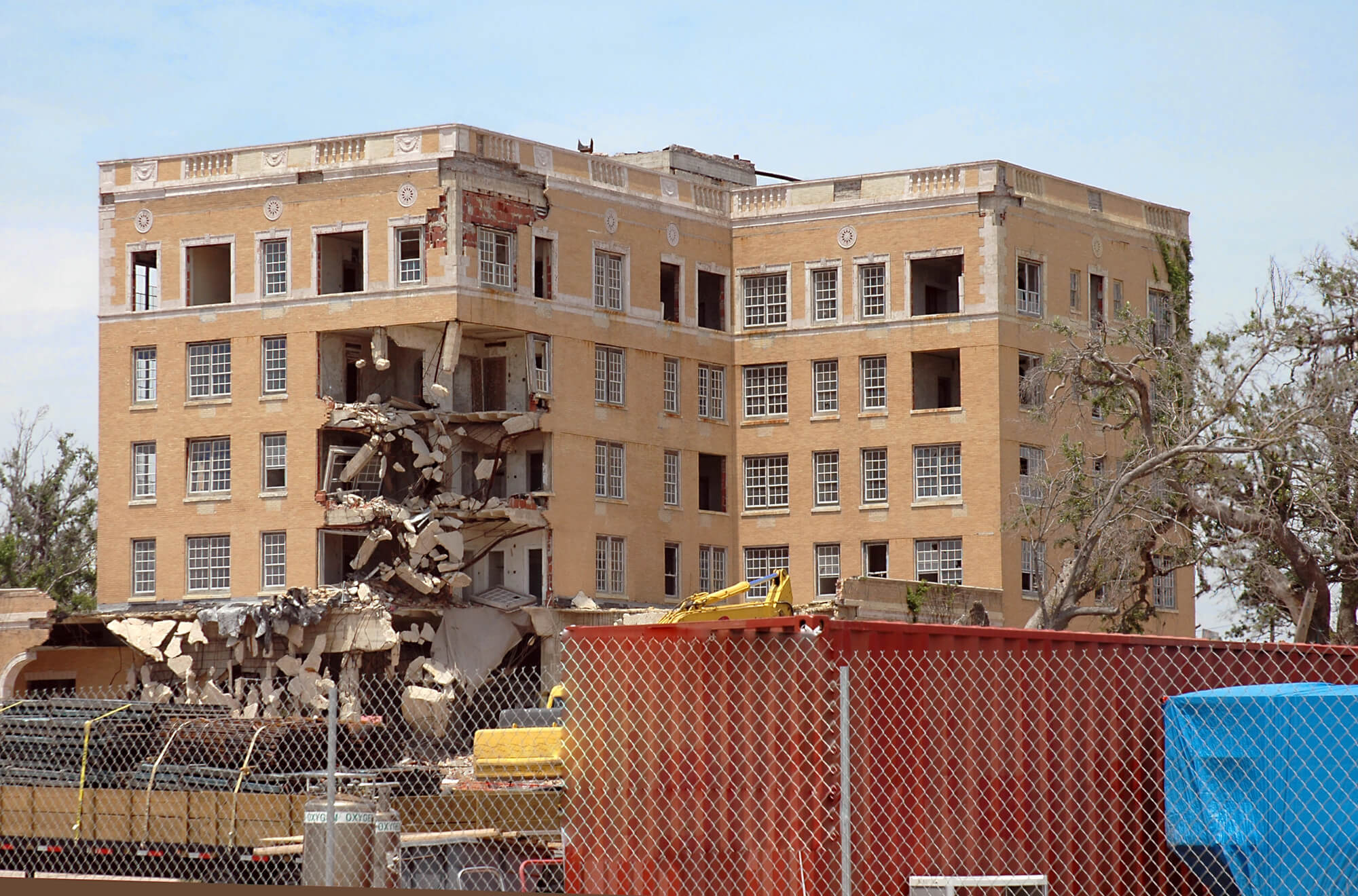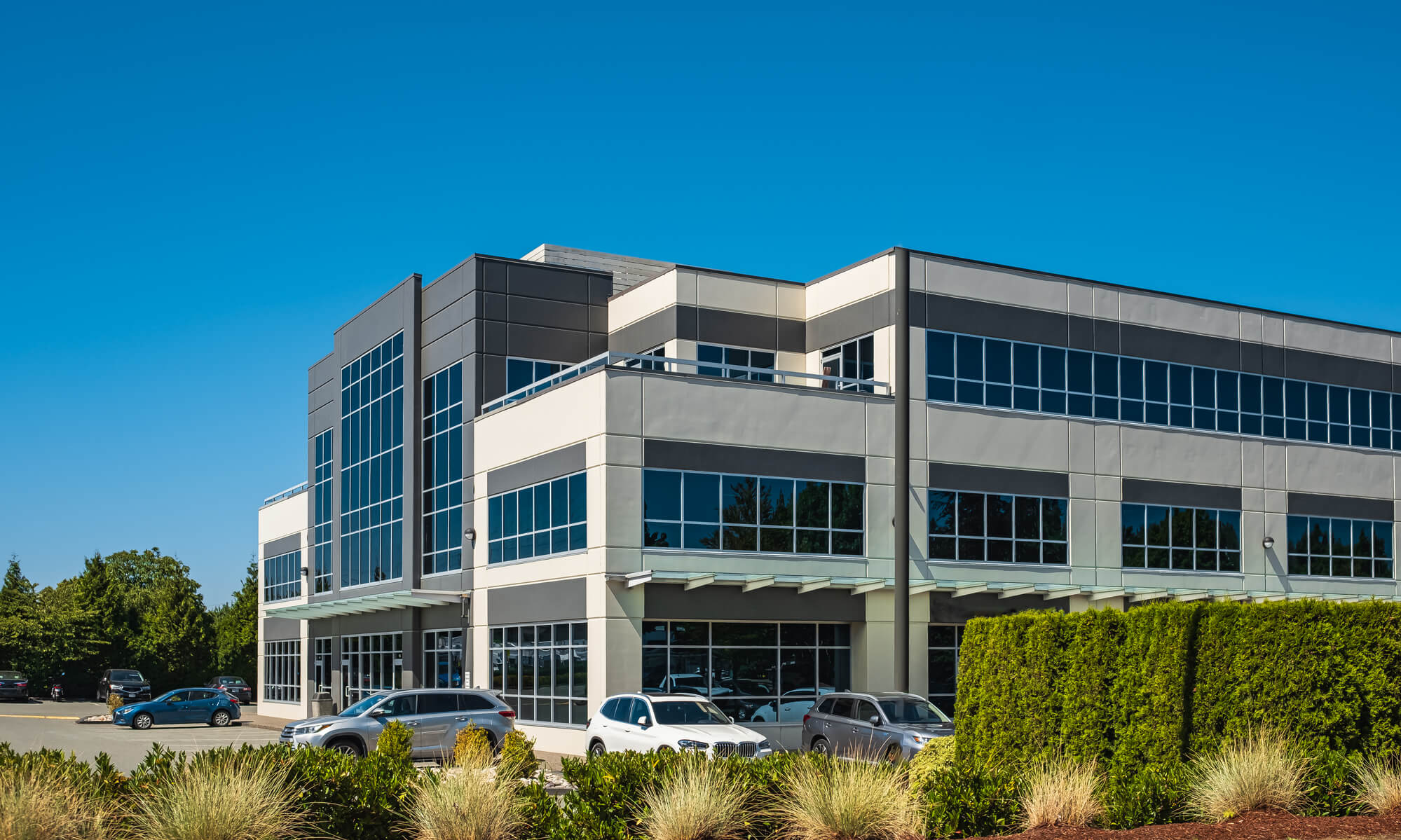November 30, 2025
The Role of Due Diligence in Securing Property Insurance
Securing commercial property insurance has become a more complex process in recent years, driven by rising claim costs,
As the 2024 Atlantic Hurricane Season looms, beginning on June 1st, property portfolio owners must gear up for what's projected to be a particularly turbulent year. This season is anticipated to bring a surge in storm and hurricane activity, amplifying the risks for buildings.
When hurricanes hit, they wreak havoc on commercial infrastructure and can lead to destroyed windows and roofs, flooding, power outages, and other severe consequences. The ripple effects extend beyond the immediate aftermath, with businesses struggling to recover and rebuild in the wake of such damage.
Against this backdrop, proactive measures are essential to ensure resilience and prevent the need for storm damage repair. Explore the critical role of portfolio risk analysis in preparing commercial buildings for the onslaught of hurricanes.
By identifying vulnerabilities, stakeholders can develop robust mitigation strategies to weather the storm and emerge stronger on the other side.

Hurricanes unleash powerful air currents that can tear off roofing materials. These strong winds forcefully lift and dislodge shingles, metal panels, or tiles, exposing underlying roof structures to the elements. As a result, openings are created where water infiltrates the building, leading to leaks, interior water damage, and structural weakening.
The ingress of water through compromised roofing systems can also cause extensive damage to interior finishes and structural components, including walls, ceilings, floors, and framing materials.
Flat roofs are particularly vulnerable to wind uplift, while sloped roofs may experience damage to shingles or tiles.
Hurricane-force winds often exert immense pressure on the entrances of commercial buildings. Broken windows and doors compromise the building's envelope and increase the risk of water intrusion and debris entry.
Impact-resistant windows and doors are designed to withstand high winds and flying debris, but even they may sustain damage in extreme conditions.
Heavy rainfall and storm surges associated with hurricanes can cause flooding and water intrusion in commercial buildings.
Floodwater can enter through weakened building envelopes, basement areas, and openings such as doors and windows. This issue can result in extensive water damage to building interiors, including flooring, walls, electrical systems, and equipment.
Additionally, mold growth and structural deterioration may occur if water damage is not promptly addressed.
High winds can cause bending, twisting, or even collapse of structural elements such as beams, columns, and walls, while flying debris can puncture building facades and compromise structural stability. The inundation of floodwaters can also undermine foundations and weaken structural supports.
Finally, hurricanes and severe storms can disrupt electrical and mechanical systems within commercial buildings. Power outages caused by downed power lines or damaged electrical infrastructure can affect operations and put occupants at risk.
Water intrusion can damage electrical equipment and lead to short circuits, fires, and electrical hazards. Mechanical systems such as HVAC may also suffer damage from wind, water, or debris, further impacting building functionality.
Portfolio risk analysis is a thorough evaluation process to assess and manage risks associated with commercial buildings. This analytical approach involves scrutinizing various factors to identify vulnerabilities, quantify risks, and devise effective mitigation strategies.
Here's an overview of the factors analyzed in portfolio risk analysis:
The age of a building is a determinant of its structural integrity and susceptibility to deterioration. Older buildings may have outdated construction materials or design features that render them more prone to damage from natural disasters or wear and tear.
Portfolio risk analysis evaluates the age of buildings within a portfolio to gauge their vulnerability to risks and prioritize maintenance or retrofitting efforts accordingly.
The condition of a building's roof affects its resilience to adverse weather conditions, such as hurricanes, heavy rainfall, or high winds. Portfolio risk analysis assesses the age and condition of roofs to identify weaknesses, such as deterioration, leaks, or damage from debris.
Moreover, understanding the roof age allows stakeholders to implement proactive maintenance measures or consider roof replacement.
During a portfolio risk analysis, professionals examine the proximity of commercial properties to high-risk areas, such as floodplains, wildfire-prone regions, or coastal areas susceptible to storm surges.
Once they’re aware of the building's location in relation to potential hazards, stakeholders can implement targeted risk mitigation strategies, such as improving drainage systems, enhancing fire protection measures, or fortifying building envelopes to withstand extreme weather events.
Unplanned events that have occurred at a commercial property over time can provide valuable insights into its risk profile and vulnerabilities. Portfolio risk analysis reviews past incidents, such as property damage, maintenance issues, or environmental hazards, to identify recurring patterns or areas of concern.
Analyzing historical data lets owners identify potential risks, assess their impact on property performance, and implement proactive measures to stop future occurrences.
The building envelope, comprising exterior walls, windows, doors, and roof, acts as a barrier between the interior and exterior environments. Failures in the building envelope, such as cracks, gaps, or breaches, can undermine the structural integrity and energy efficiency of a building.
Portfolio risk analysis evaluates the condition of building envelopes to identify vulnerabilities to water infiltration, air leakage, and thermal inefficiencies.
The foundation is the structural base upon which a building rests, providing support and stability. Foundation problems, such as settlement, cracking, or soil erosion, can result in structural damage or instability.
Portfolio risk analysis assesses the condition of foundations to identify signs of distress or potential risks, including soil instability or water intrusion. Implementing foundation repairs or reinforcement measures can ensure the longevity of the building's structural system.

The first step in incorporating portfolio risk analysis into hurricane preparedness is to identify vulnerable assets within the commercial building portfolio. Professionals need to evaluate factors such as building age, location, construction materials, and historical performance during previous hurricane events.
After the thorough assessment, stakeholders can pinpoint properties that are most susceptible to hurricane-related risks, allowing for targeted mitigation efforts.
Once vulnerable assets have been identified, the next step is to assess potential risks and vulnerabilities associated with hurricanes, including:
For instance, if the building's envelope, including roofs, windows, and doors, is not adequately fortified to withstand high winds and flying debris, it may be more susceptible to structural damage and water infiltration during hurricanes.
Quantifying these risks allows owners and stakeholders to prioritize mitigation strategies and allocate resources effectively to minimize damages.
Based on the findings of portfolio risk analysis, owners and contractors can develop and implement mitigation strategies to bolster the resilience of commercial buildings against hurricanes. These strategies may include:
Clearing debris from gutters, downspouts, and drainage channels to prevent water accumulation and minimize flood risk.
Retrofitting vulnerable structures includes reinforcing structural elements, such as beams, columns, and foundations, to withstand the forces exerted by high winds and storm surges.
Installing storm shutters or impact-resistant windows can provide an additional layer of protection against high winds and flying debris during hurricanes. These protective measures help fortify building envelopes and mitigate the risk of window or glass breakage, reducing the likelihood of water infiltration and interior damage.
Implementing a proactive maintenance and inspection program helps identify and address potential vulnerabilities in commercial buildings before hurricane events occur.
Regular inspections of building components, including roofs, windows, doors, HVAC systems, and structural elements, are effective in detecting signs of wear, deterioration, or damage that could compromise building resilience.
Letting professionals perform routine maintenance tasks, such as repairing leaks and replacing worn-out components helps ensure commercial buildings are in optimal condition to withstand hurricanes and minimize risks of damage or failure.
Hurricane preparedness is an ongoing process that requires continuous monitoring and updating of risk assessments. As new information becomes available, such as changes in building conditions, environmental factors, or regulatory requirements, portfolio owners should reassess their risk profiles and adjust mitigation strategies accordingly.
Staying vigilant and proactive enables adaptation to evolving risks, enhancing the resilience of commercial building portfolios in the face of hurricanes.
Effective hurricane preparedness requires collaboration and coordination among stakeholders, including building owners, property managers, insurers, and emergency responders. By fostering partnerships and sharing information, stakeholders can leverage collective expertise and resources to develop robust hurricane preparedness plans and respond effectively to potential threats.
Open communication channels and collaboration platforms facilitate the exchange of critical information, enabling stakeholders to make informed decisions and coordinate response efforts during hurricanes.

Reach out to BlueTeam now to schedule a comprehensive risk analysis before the hurricane season starts. Our expert insights empower you to make informed decisions, ensuring project stability and timely completion.
With our proven methodologies, gain confidence in navigating uncertainties and fortifying your commercial building portfolio.
Moreover, with the BlueTeam app, commercial property owners have access to real-time updates of their construction, restoration, or analysis projects for enhanced efficiency and transparency. Contact us today to learn more.